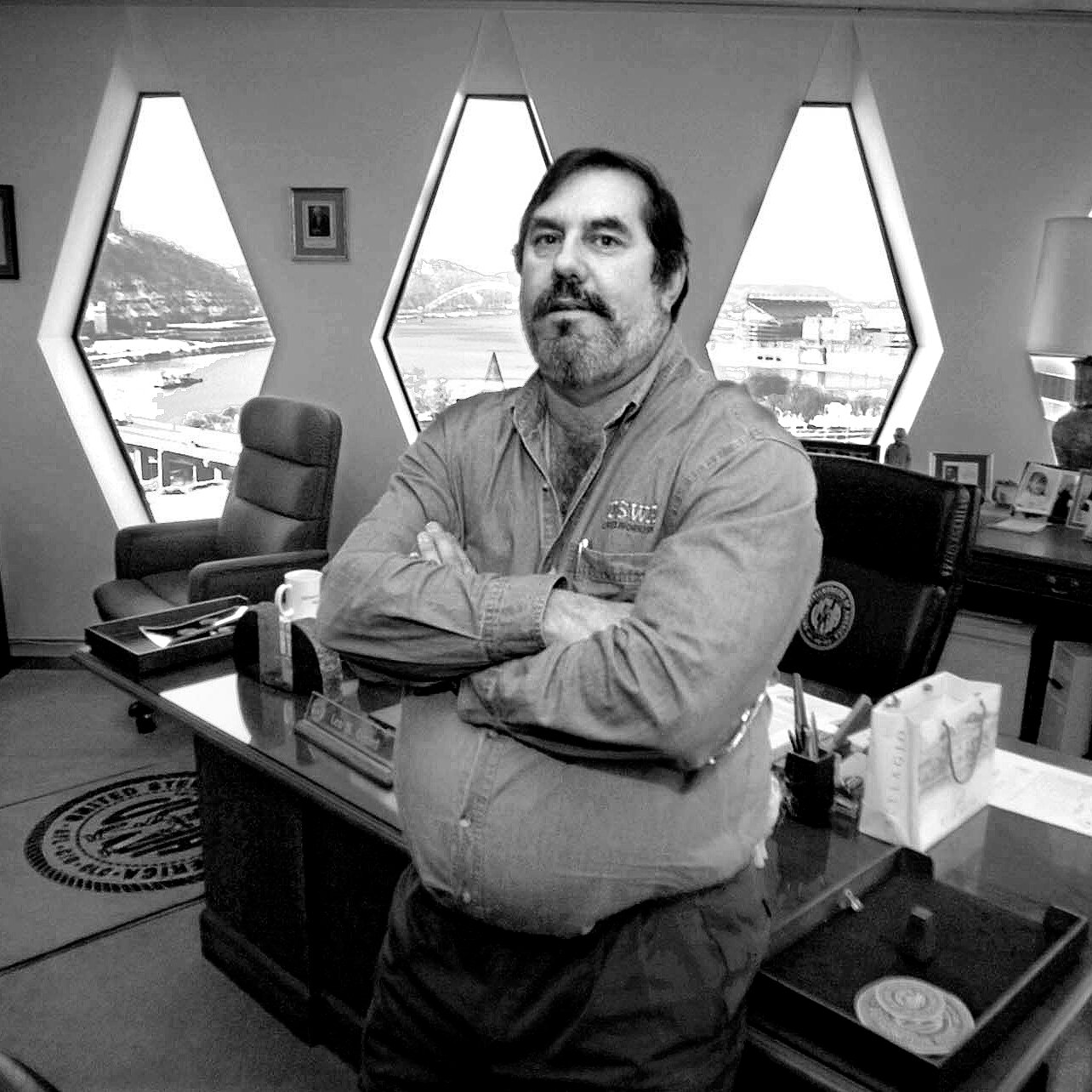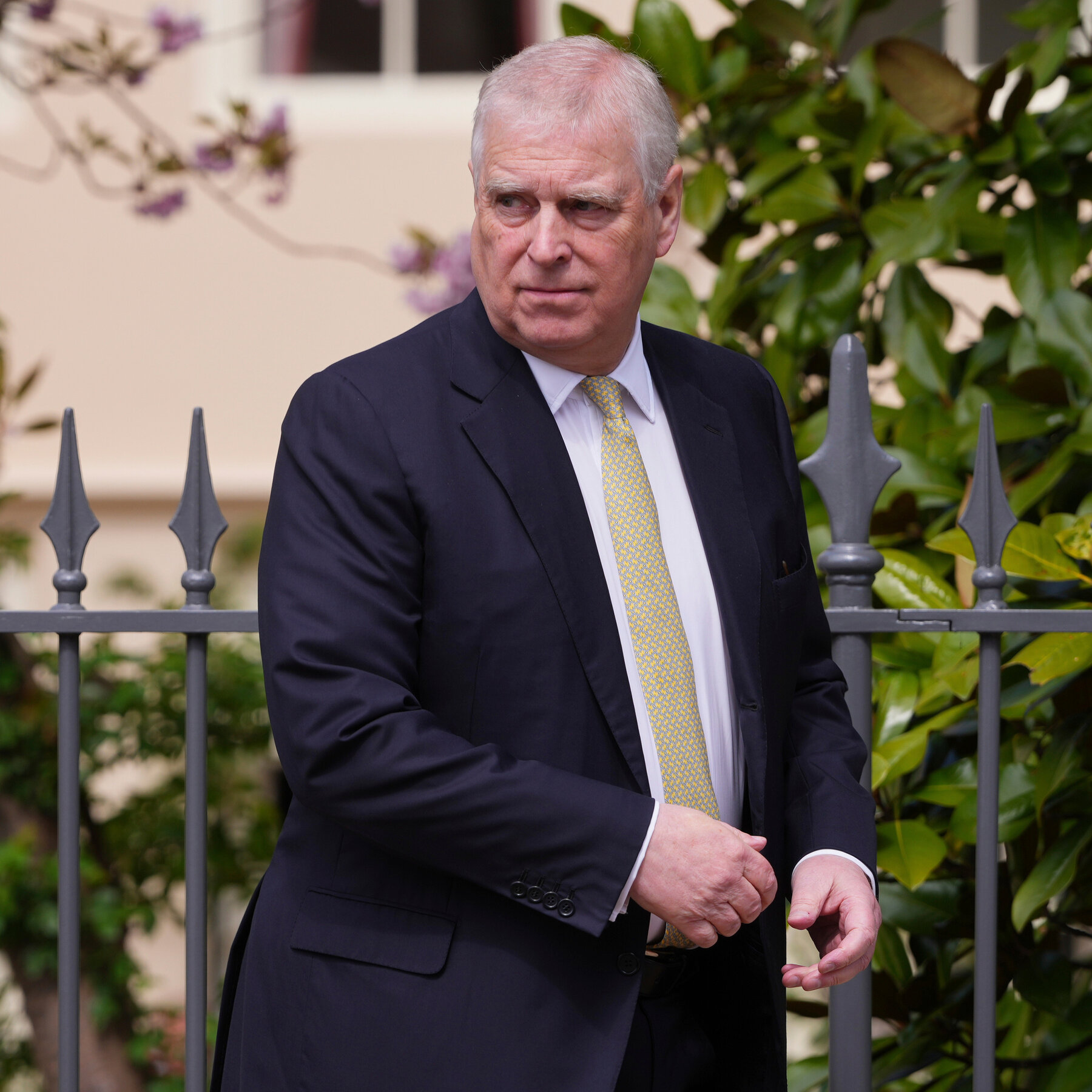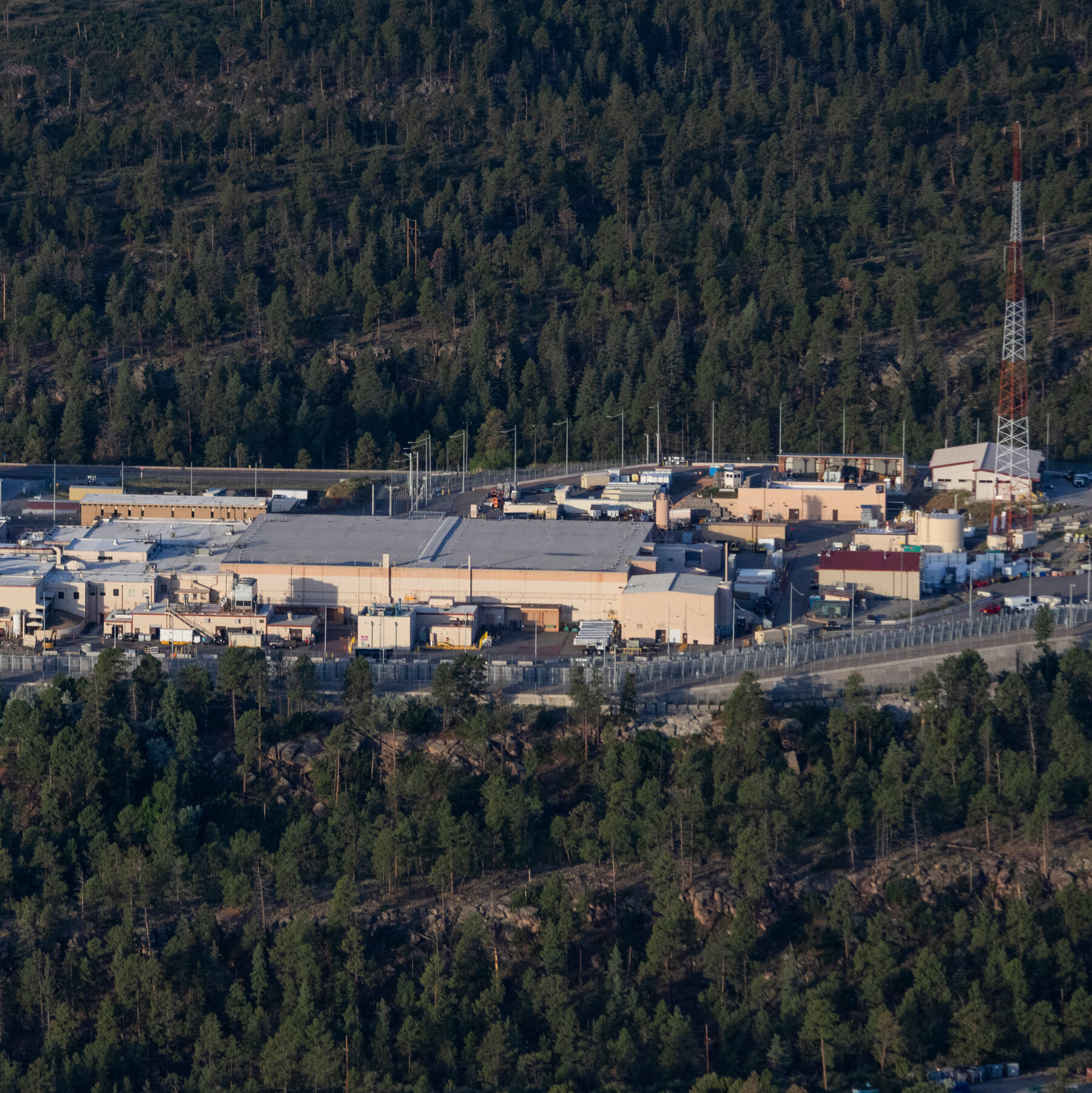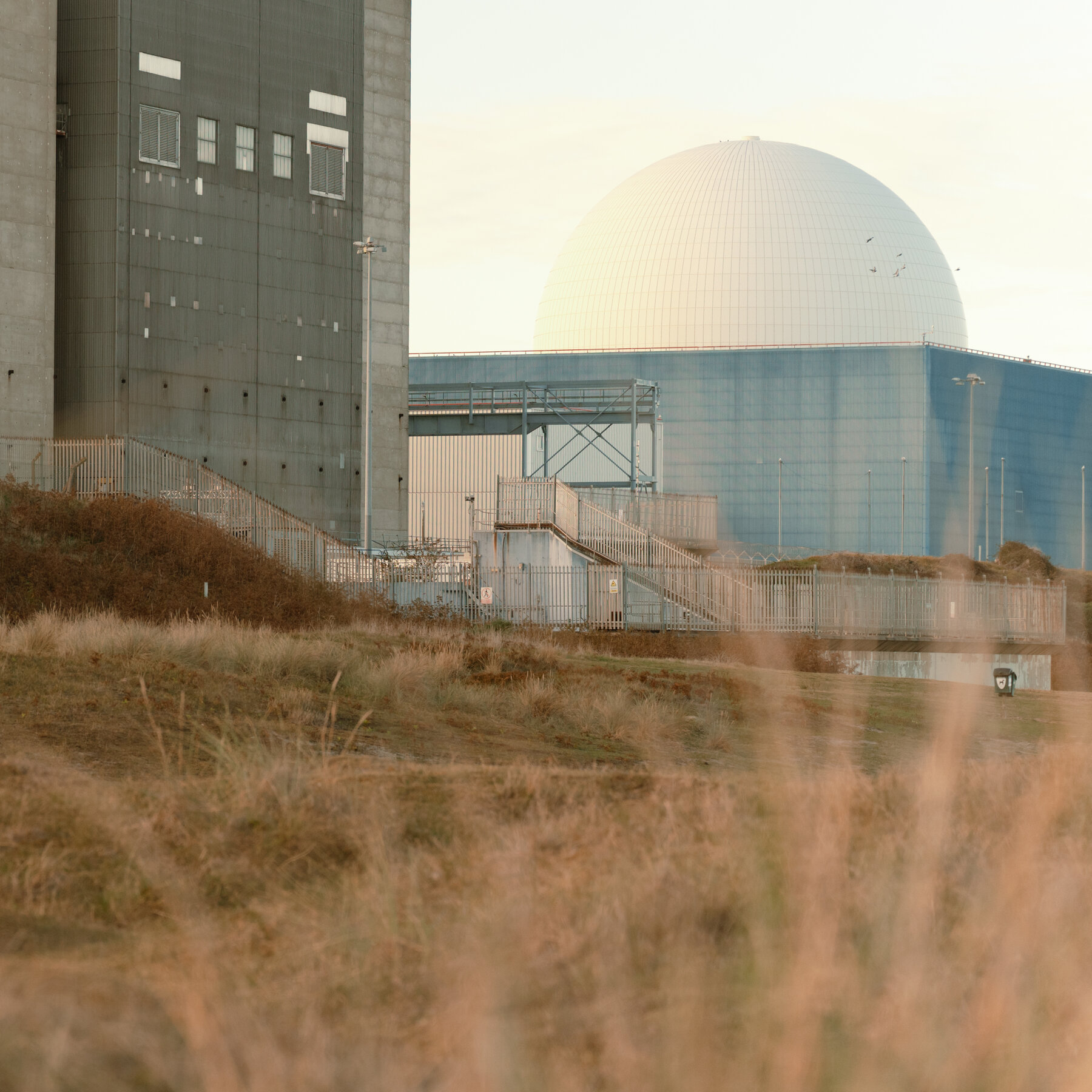From Pariah to Power Broker: How Saudi Crown Prince Mohammed bin Salman Reshaped U.S. Ties
Seven Years of Isolation
Seven years ago, Crown Prince Mohammed bin Salman was effectively barred from entering Washington. Sanctions, diplomatic rebukes, and a series of high‑profile controversies had turned the Saudi heir into a pariah in the eyes of many U.S. officials.
A Dramatic Turnaround
On Tuesday, the tone shifted dramatically when the prince stepped onto the White House lawn for a historic visit. The agenda was bold: discussions on cutting‑edge defense technology, strategic cooperation on semiconductor supply chains, and a joint vision for the future of the Middle East.
High‑Tech Gifts and Strategic Leverage
During the meeting, the United States unveiled a package that included F‑35 fighter jets—the world’s most advanced combat aircraft—alongside commitments to share the “fastest chips” produced by American semiconductor firms. These moves signal a deepening of military and economic ties that were once thought impossible.
The Prince’s New Role
Beyond hardware, Prince Mohammed bin Salman positioned himself as a central architect of a “new Middle East.” He pledged to spearhead diplomatic initiatives aimed at stabilising conflict zones, fostering economic diversification, and countering rival regional powers.
Implications for U.S.–Saudi Relations
The visit marks a watershed moment, suggesting that the United States is willing to recalibrate its policy in exchange for Saudi cooperation on security and technology fronts. Analysts note that this partnership could reshape geopolitical dynamics across the Gulf, while also raising questions about human‑rights considerations and long‑term strategic alignment.
Looking Ahead
As the two sides depart, the focus will turn to concrete outcomes: delivery timelines for the F‑35s, joint research on next‑generation semiconductors, and a roadmap for regional diplomatic engagements. Whether this renewed alliance will endure remains to be seen, but for now, the former pariah has firmly reset the terms of his relationship with Washington.







